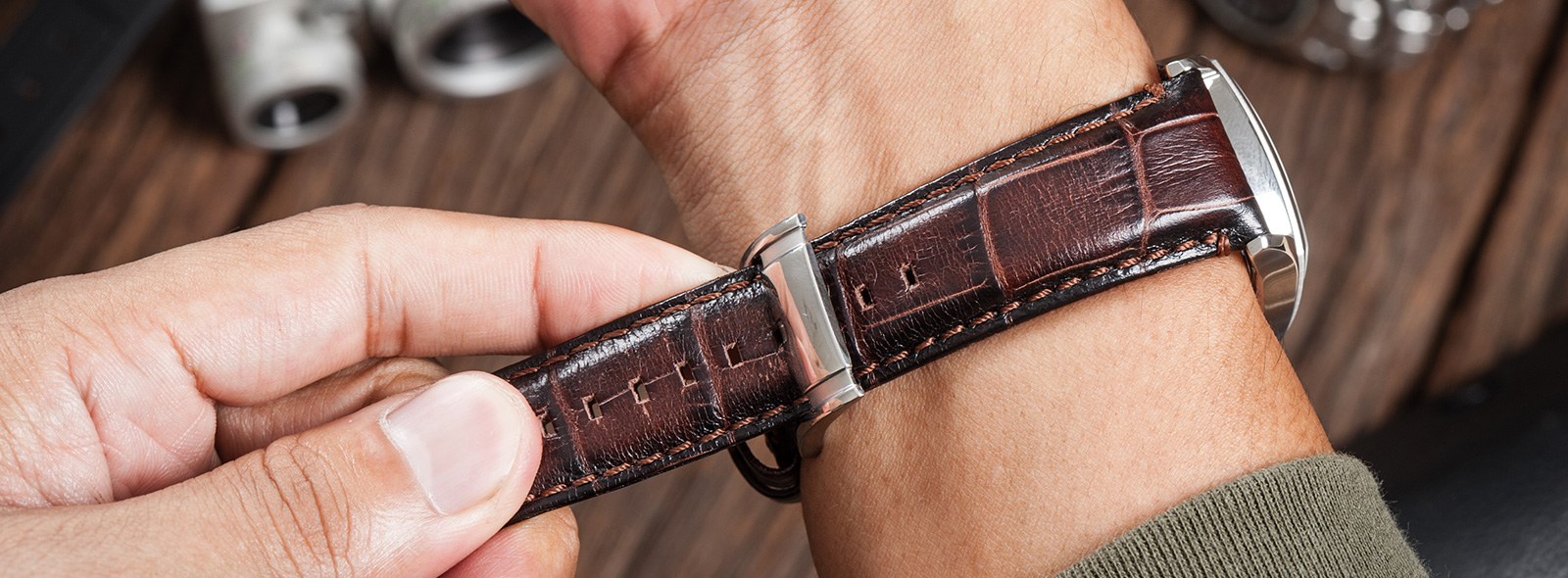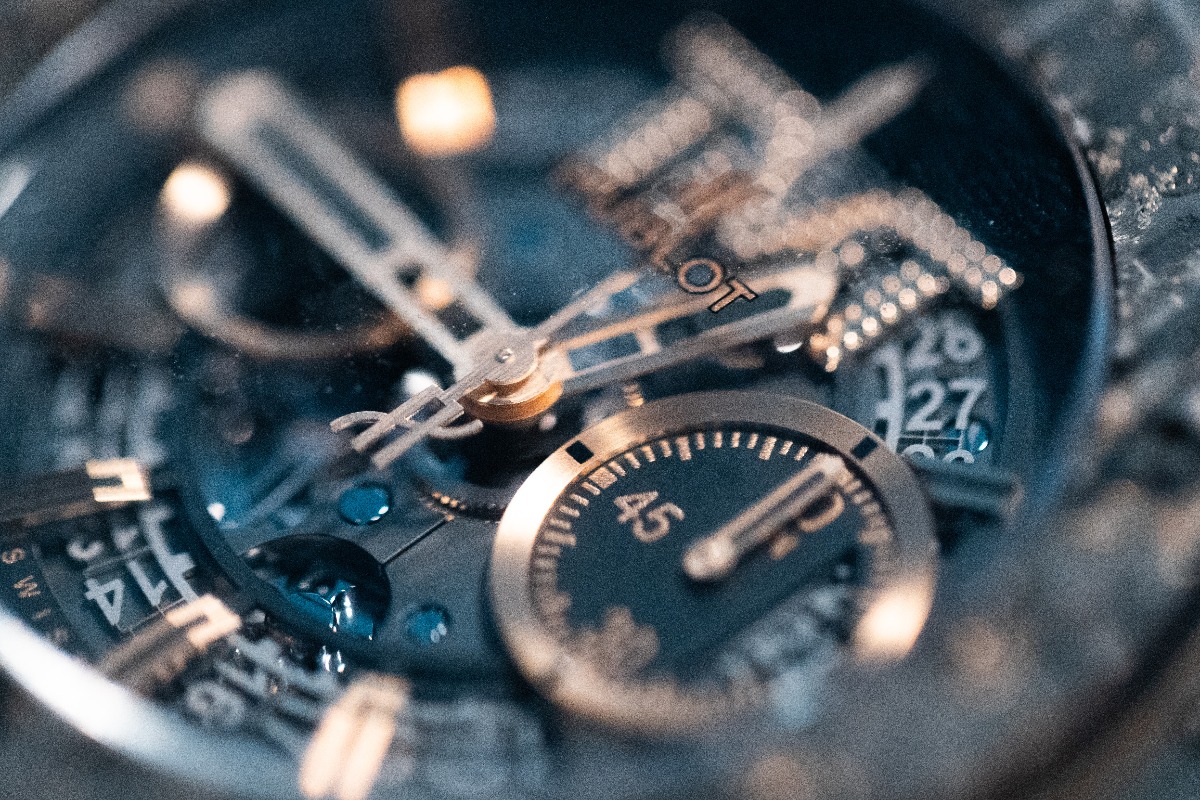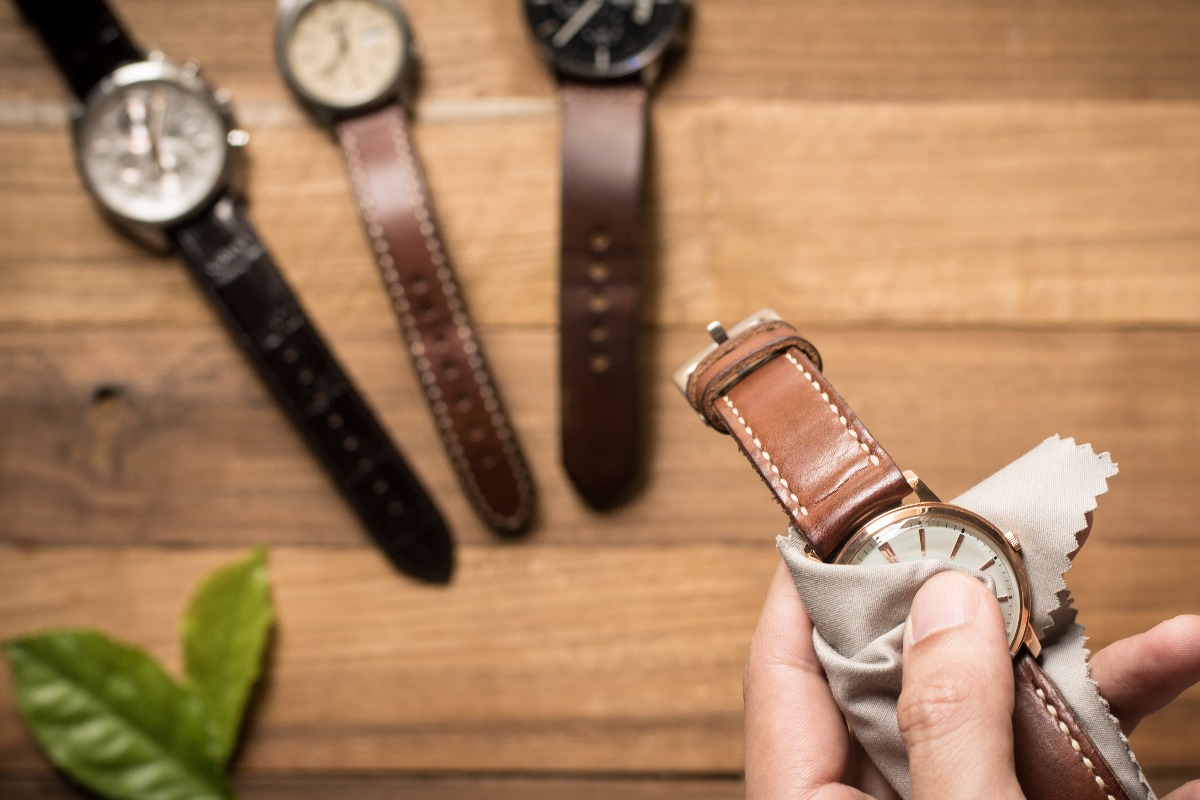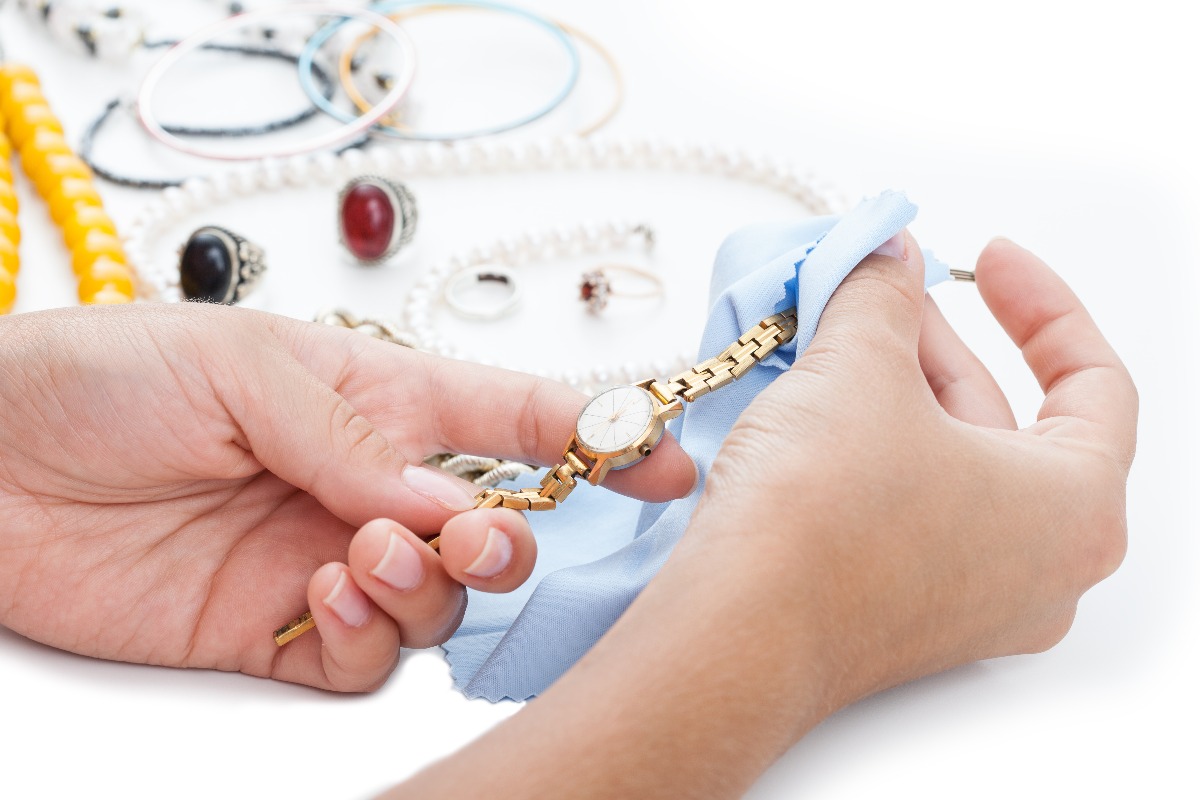
Allergies and skin irritation - the type of a watch case, strap and bracelet

Hirsch
Allergies and skin irritation - the type of a watch case, strap and bracelet

When choosing a new watch, we are guided by criteria such as shape, mechanism or design. Nevertheless, the material from which it is made is also important. Particularly if we are struggling with the increasingly common problem of allergies. Does every metal cause allergies? What should you consider when choosing a new watch? Leather strap or bracelet?
Non-allergenic watch case and bracelet
It is worth pointing out that allergies are an increasingly common phenomenon. More and more allergens are emerging. There is also a small group of people (approximately 1%) who show an allergic reaction to theoretically non-allergenic materials. Numerous international regulations, including EU regulations, watch over our safety, obliging us to manufacture and import products that meet fairly strict standards. What does this mean in practice? The restrictions introduced are intended to reduce to zero products containing allergy-causing metals such as nickel. Currently, high-quality stainless steel, titanium or ceramics are used to manufacture bracelets, cases and casebacks. These materials are indicated as safe. An increasing number of watch manufacturers are using 316L stainless steel, which is a hypoallergenic material. Are brass and bronze allergenic? These materials are currently not expected to be allergenic as they are coated with a special protective lacquer. However, as a result of a chemical reaction with the pH of the human body, they can blacken and stain the skin.
Leather or silicone strap
A leather or silicone strap is a good solution for people struggling with allergies. Stringent EU standards mean that the tanning and dyeing of leather is now carried out without heavy metals. This makes them safe. As for silicone or rubber straps, they are not allergenic. The exception to this is people who are allergic to latex. In their case a silicone or rubber strap is not the best choice. It is also worth paying attention to what the buckle and clasp of the watch are made of, as they come into direct contact with the skin.
Take care of your watch
There are times when we choose a potentially safe watch and skin irritations appear anyway. It is not only important what our watch is made of, but also how we take care of it. Dirt, dust and abrasive skin can also cause irritation or blisters, resulting in an unsightly rash. It is worth getting special cloths for cleaning watches or jewellery. A critical and often forgotten element is the caseback. It is also worth paying attention to how the watch is worn. A strap or bracelet that is too tight or too loose can cause abrasions or chafing of the skin. Especially in summer, it is worth bearing this in mind.
Non-allergenic watch
To sum up, if you buy a watch from trusted shops and from well-known manufacturers, you can be sure that the materials meet quite strict standards and are therefore safe for your health. Skin reactions are not always the result of allergies but often of inappropriate use of the watch. Remember to keep your watch clean. You can also protect the skin against abrasions. Sprinkling a small amount of talcum powder on the skin can help to reduce chafing and abrasions. Follow the above tips and enjoy wearing your favourite watch!








